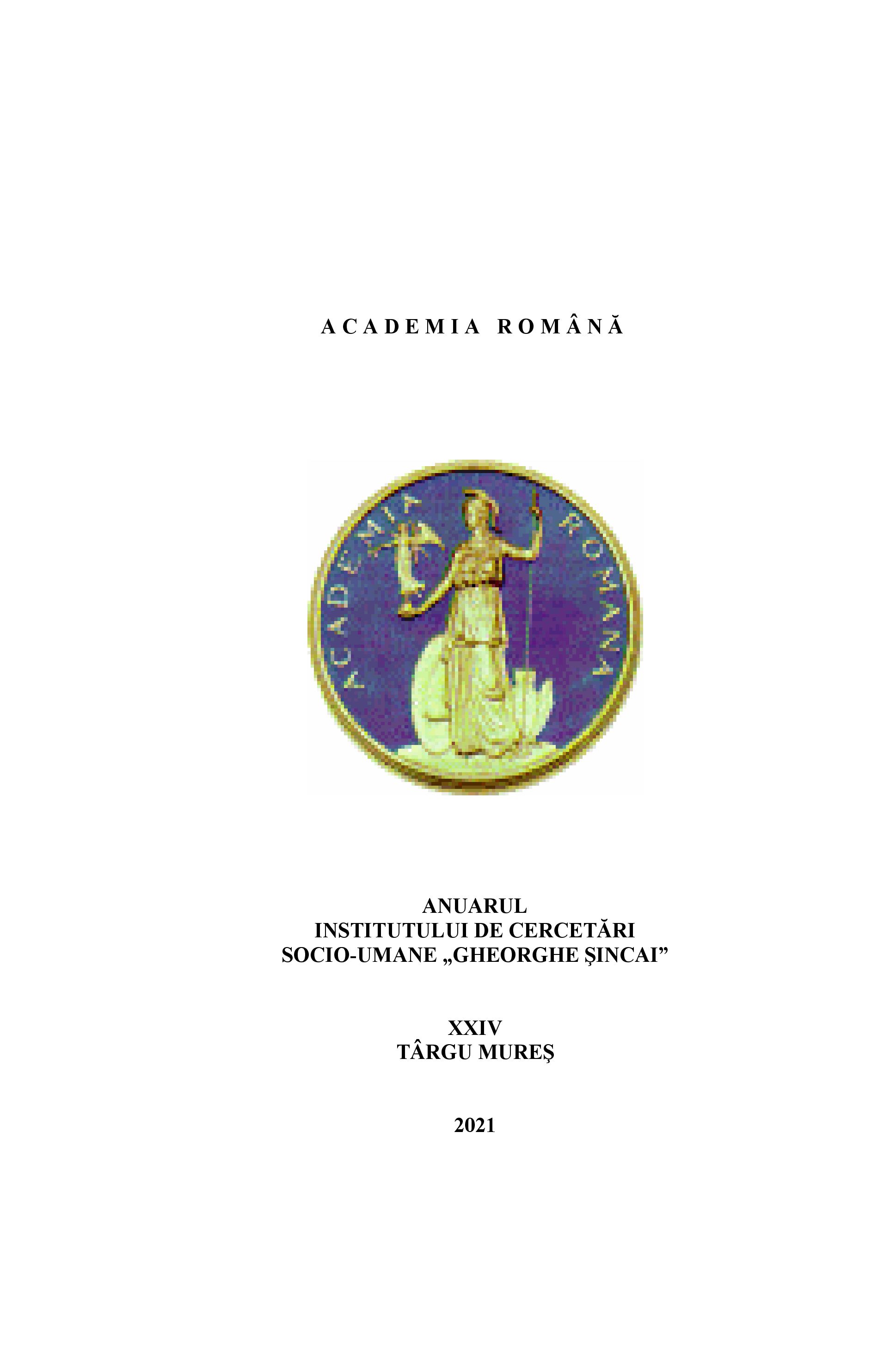Censeurs et censures dans la Valachie et l’Empire Ottoman(milieu-seconde moitie du XIXe siecle)
Censors and Censored in the Wallachia and the Ottoman Empire (Mid-Second Half of the 19th Century)
Author(s): Virginia BlîndaSubject(s): Cultural history, Social history
Published by: Institutul de Cercetări Socio-Umane Gheorghe Şincai al Academiei Române
Keywords: Censors; Censored; Wallachia; Ottoman Empire; Mid-Second Half of the 19th Century;
Summary/Abstract: Our paper is a brief study into the mechanism of surveillance techniques that complemented the ones used in the course of the production and circulation of the book, in a geopolitical space affected by the historical reality and experience of the proximity between Wallachia and the Ottoman Empire (mid-nineteenth century and second half of the 19th century). The analysis of this phenomenon concentrates on the dynamics of the process concerning the relationship generated by the actions of authorities for normalizing social and cultural behaviors on one side, and the reaction of those directly targeted, on the other side. The modernization of South-Eastern European societies has influenced the diversification of the surveillance system as a form of resistance and/or adaptation to the new realities. Therefore, authorities started to focus on new targets: checking letters, repertoire and content of plays (Wallachia, the Ottoman Empire), labels, textbooks, etc. The forms of institutional control that grow between censors and censored outline a reactive dimension of the complex mechanisms established between “the world of writing” and the one of power. These two groups become over time the projection of actions through which those who control and those controlled will adapt their strategies of integration, acceptance or rejection.
Journal: Anuarul Institutului de Cercetări Socio-Umane »Gheorghe Şincai« al Academiei Române
- Issue Year: 2021
- Issue No: 24
- Page Range: 5-20
- Page Count: 16
- Language: French

